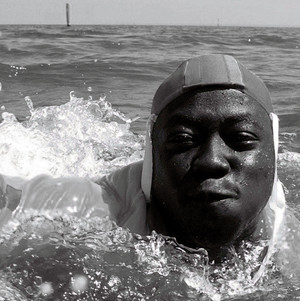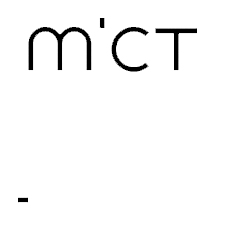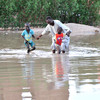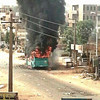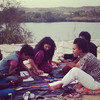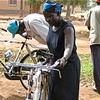Reliable sources
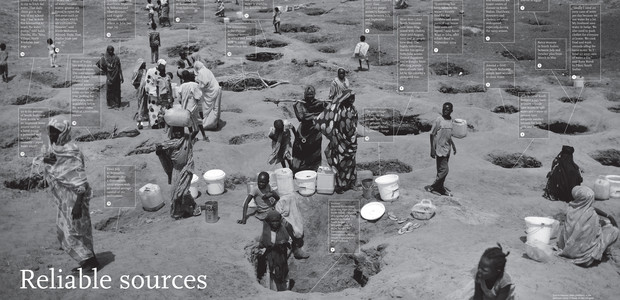
1) “Ideally I need 20 jerry cans of water per day because we use water for a lot. My husband uses water to bathe. We also need to wash clothes for everyone at home. We cook food and wash utensils using the same water. So I need 20 jerry cans of water a day,” says Kony Korok in Pibor, South Sudan.
2) An estimated 28 billion cubic meters, representing 30 percent of the flow of Nile water, passes through South Sudan to Sudan and on to Egypt.
3) Rainy seasons in South Sudan: between July and October plus from March to May.
4) The lack of clean and safe drinking water, hygiene and sanitation are major causes of disease in South Sudan. Diarrhoea, dysentery and cholera are often widespread, especially during the rainy season.
5) Around a third of South Sudanese people have access to clean water.
6) 45 percent of South Sudan’s 3,349 basic primary schools have access to safe water and a mere 17 percent have adequate sanitary latrines for both girls and boys.
7) “Everything has been taken by the water – money, food for the children and some parts of our house have even col- lapsed,” says Sarah Wani in Juba, after a flash flood in September 2014.
8) Heavy rains and flash floods affected more than 266,000 people across 13 Sudanese states between July and September 2014.
9) More than 1,600 South Sudanese have been diagnosed with cholera since mid August, 2015 and 45 people have died. The highly infectious disease has spread from Juba across Central Equatoria and to Jonglei State, affecting populations already hard hit by the country’s protracted war.
10) The percentage of water in the human body 60 percent - body 73 percent - brain 83 percent - lungs.
11) In Sudan about two percent of water is available for domestic use.
12) Six kilometres is the average distance women in Africa and Asia walk to collect water each day.
13) An estimated 70 percent of total electric capacity in Sudan comes from hydroelectric plants.
14) “The use of contaminated drinking water causes many diseases including diarrhoea, hepatitis A, bilharzia and other diseases,” said Angelo Michael health officer in Juba.
15) “When the sources of water become scarce, grazers are forced to enter the wet areas such as the valleys which are cultivated by farmers,” says Khidr Mohamed Ahmed, Yasin, East Darfur State.
16) “As the youngest member of my family, it was down to me to fetch the water. That daily chore got in the way of my schooling: I had to walk five kilometres to reach the water pump,” says Salah Damba, Abu Tama Village, North Kordofan.
17) 50 to 60 percent of South Sudanese have access to an improved water source such as a hand pump, a protected well or – for a small minority – piped water supply.
18)Most of Sudan lies within arid and semi-arid zones. The total amount of fresh water from internal and external sources is around 30 billion cubic metres per year, putting the per-capita water availability below the water stress limit of 1,000 cubic metres.
19) From July to September, Khartoum has a three-month rainy season with an annual average rainfall of 161 millimetres.
°Sources:
National Environmental Action Plan (NEAP), South Sudan / Ministry of Irrigation and Water Resources, Sudan + South Sudan / Wikipedia / United States Agency for International Development / World Health Organisation / World Factbook
